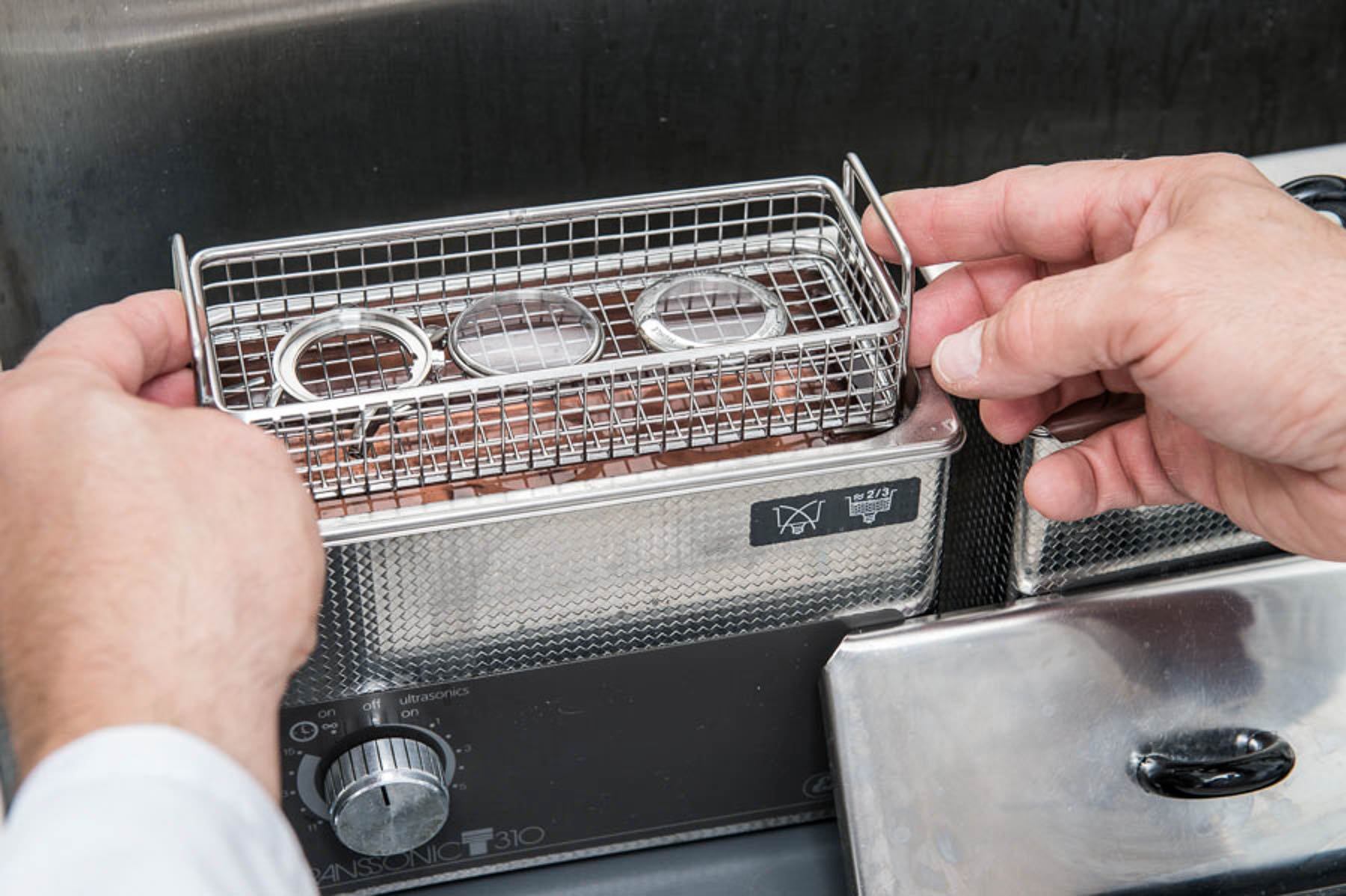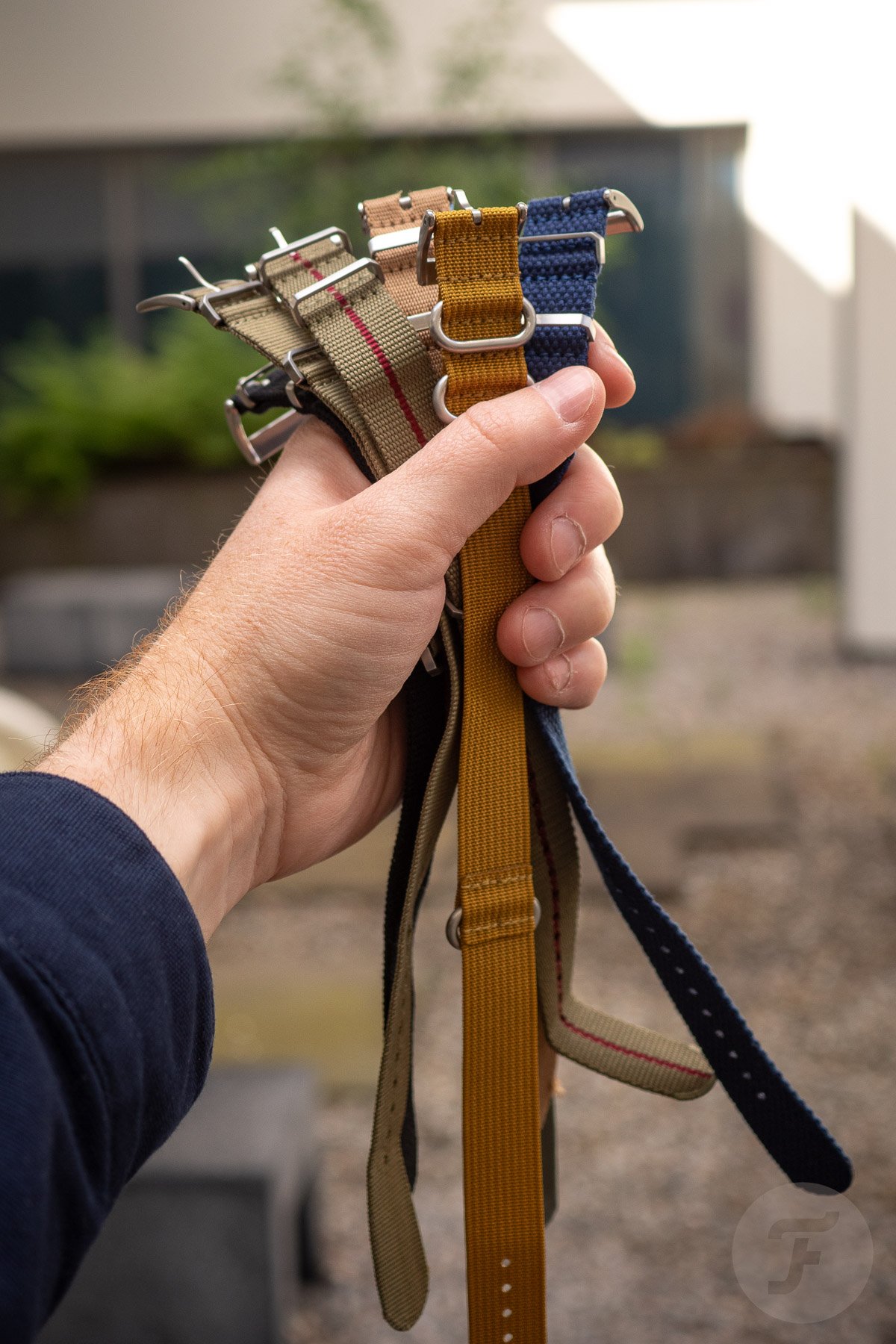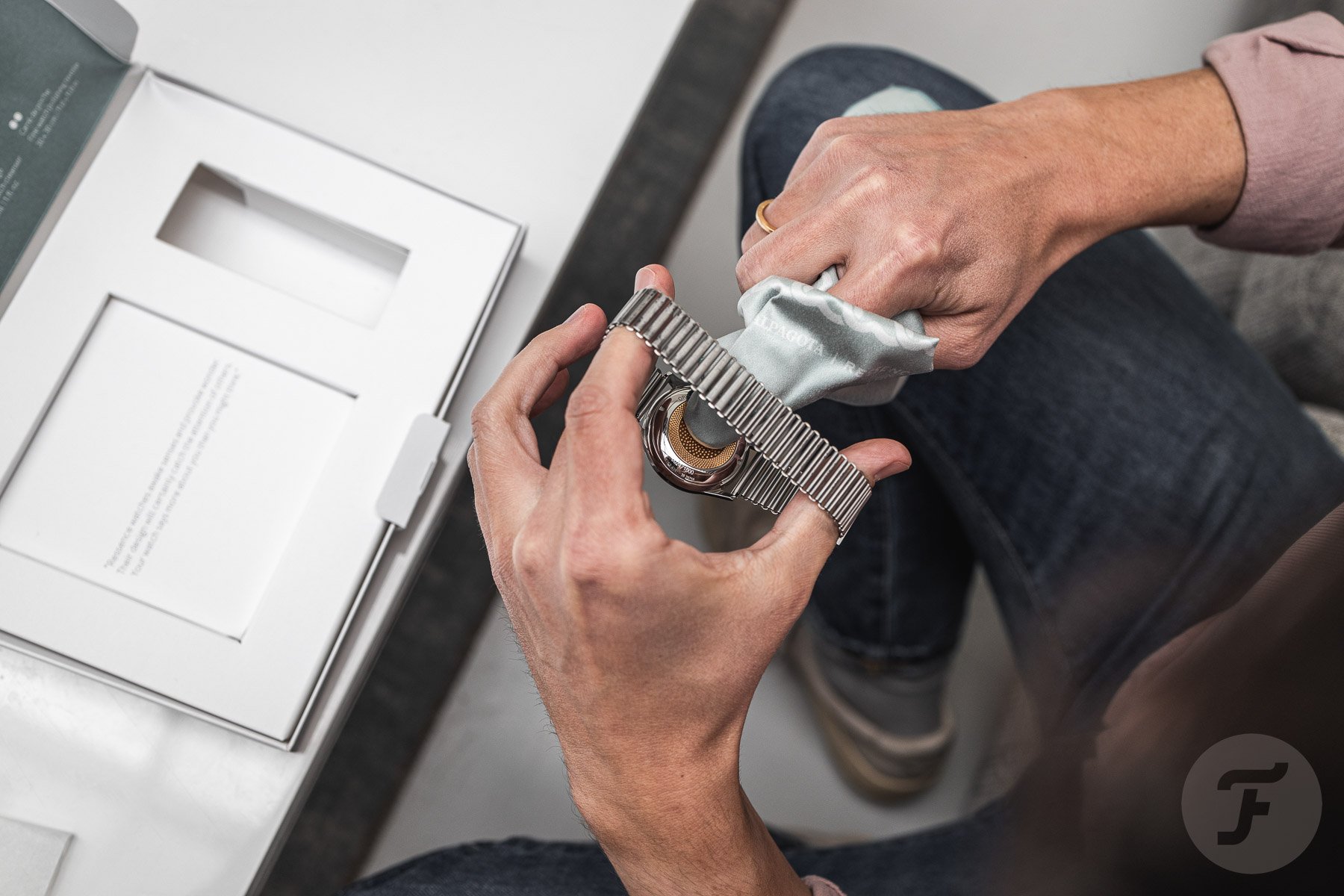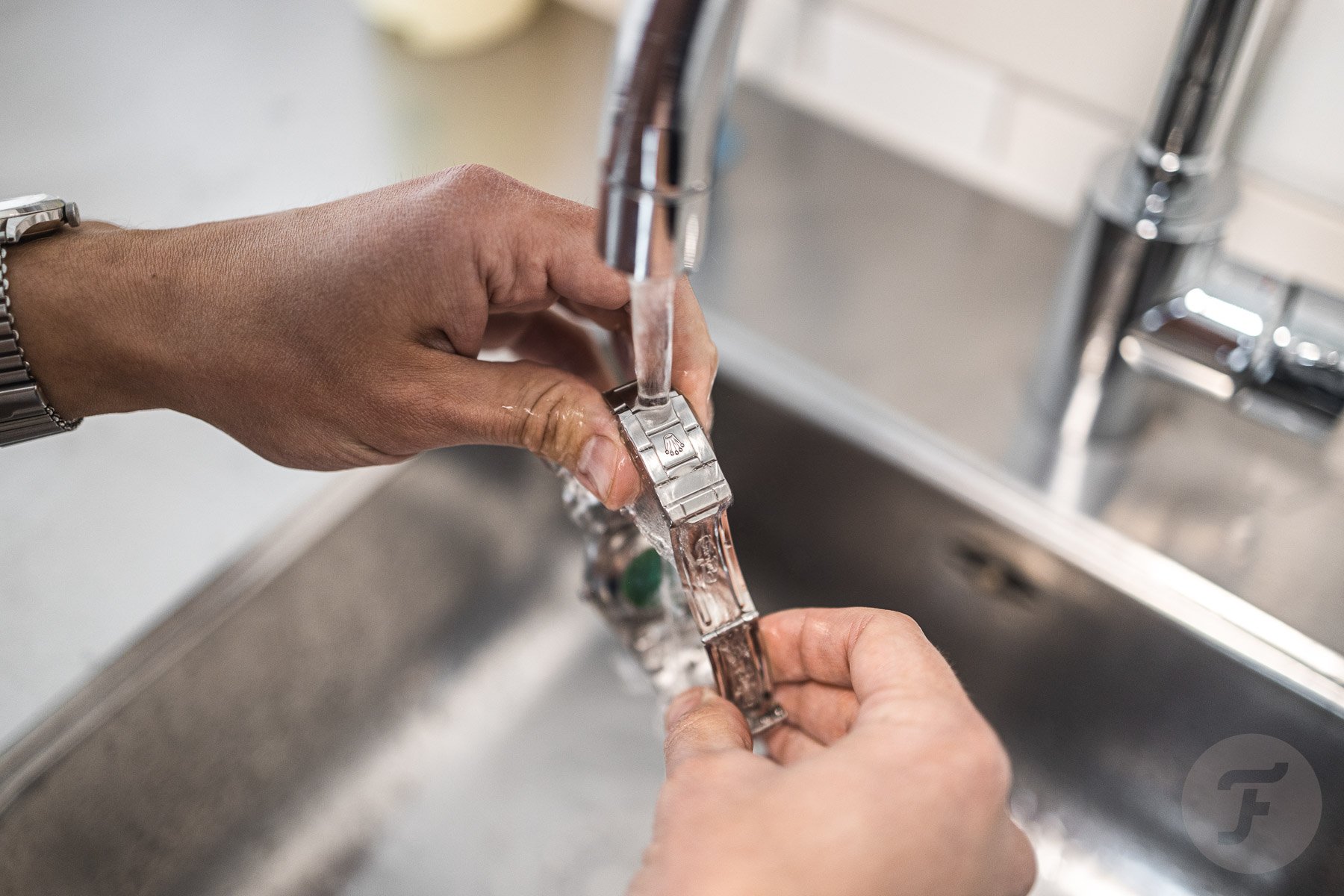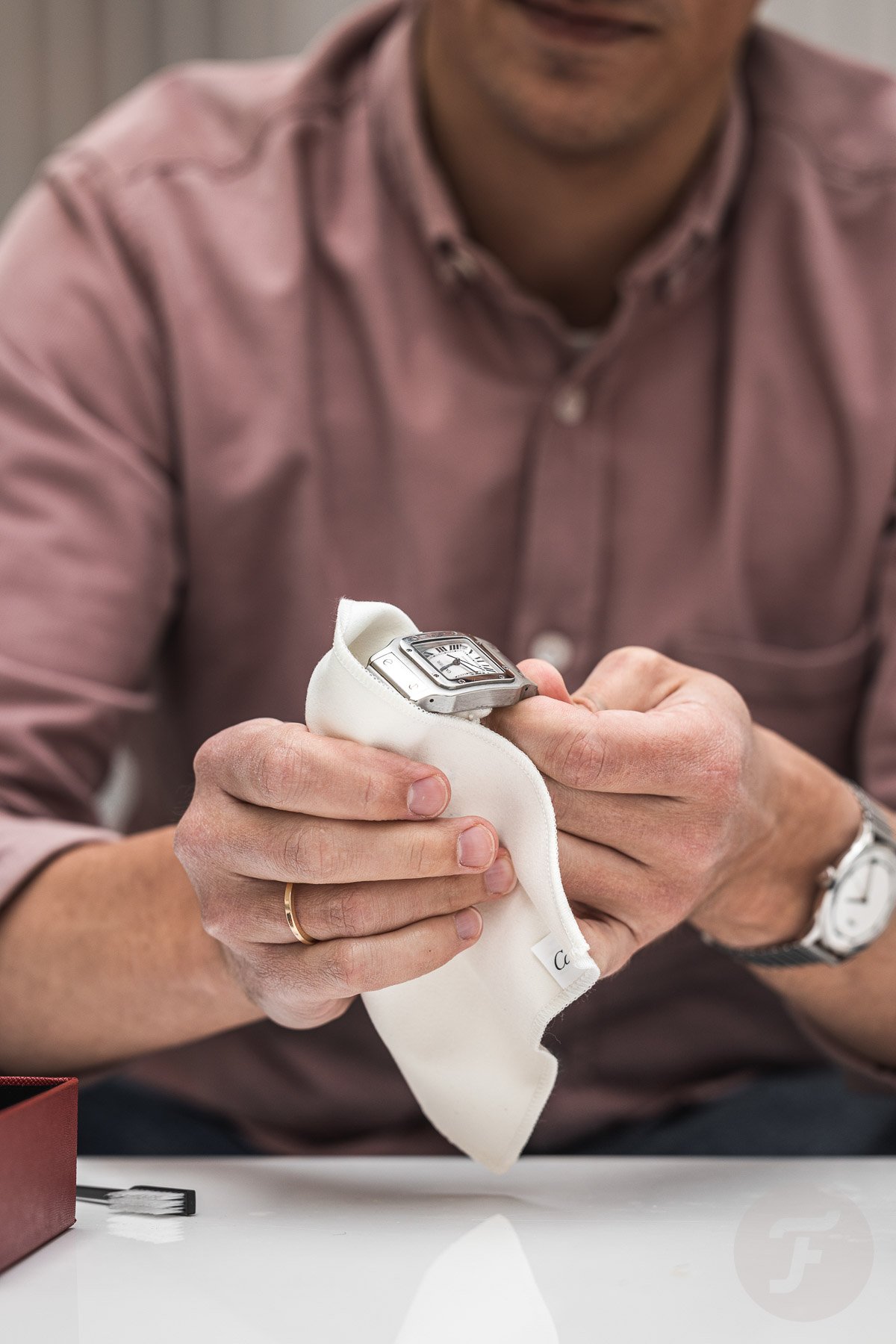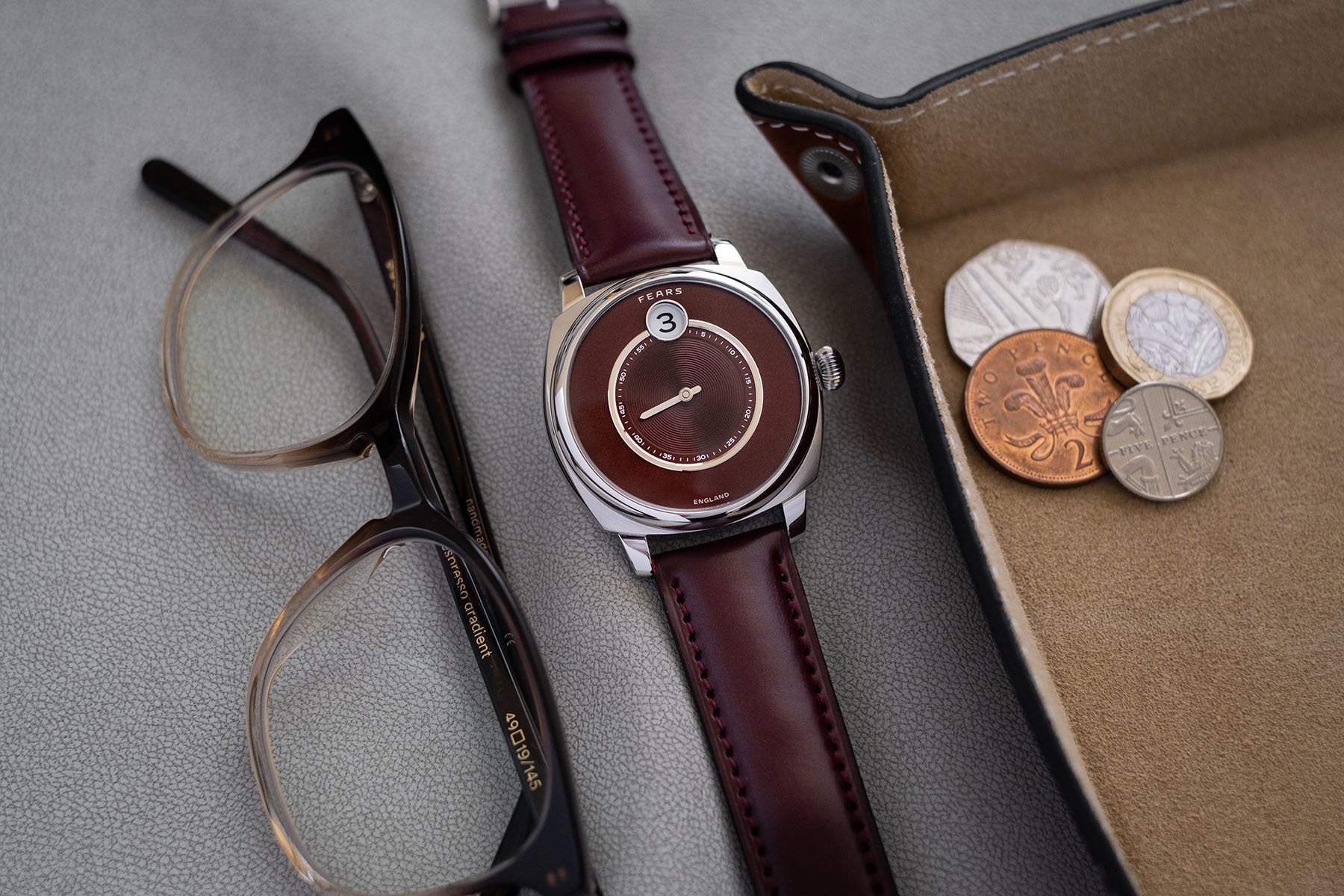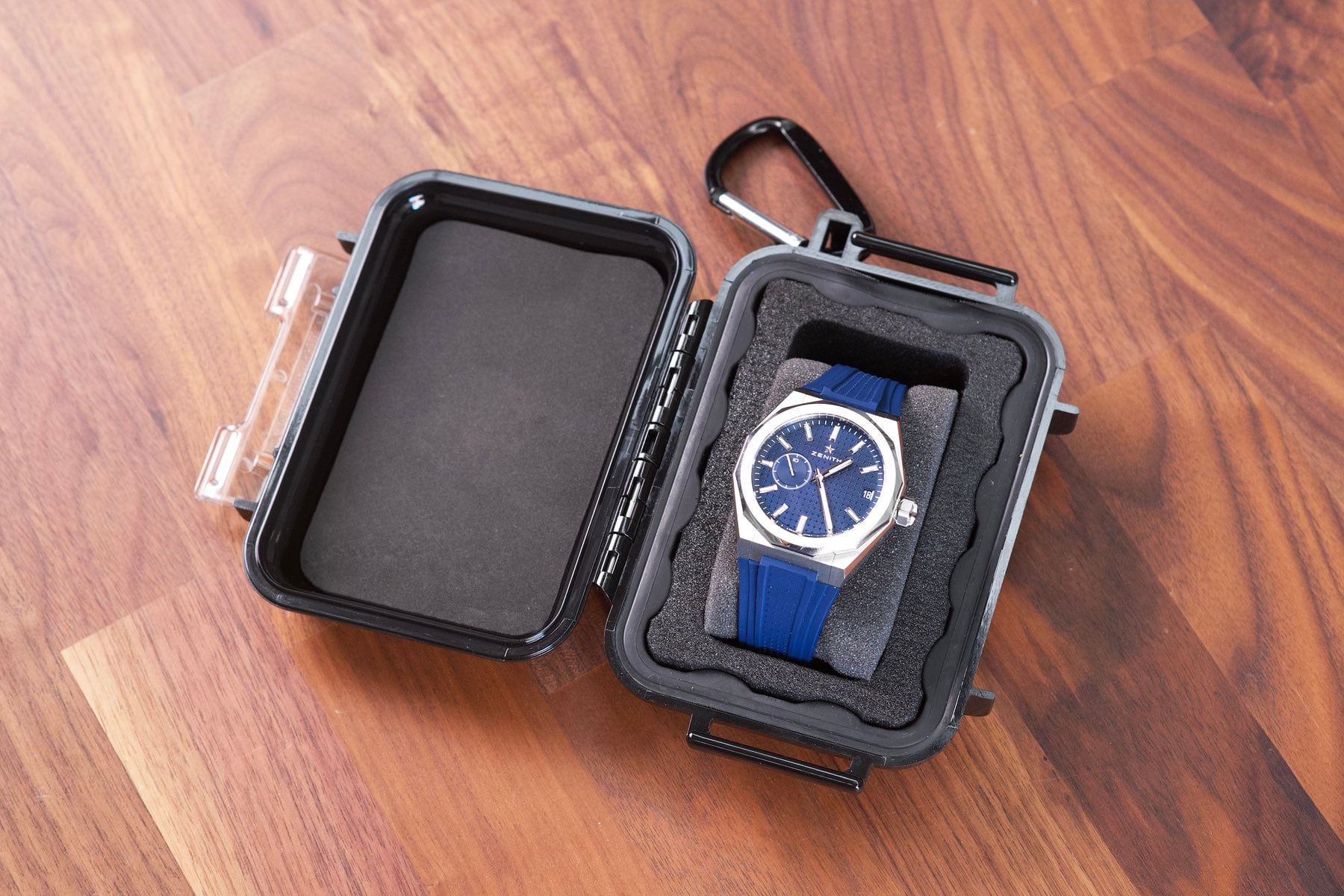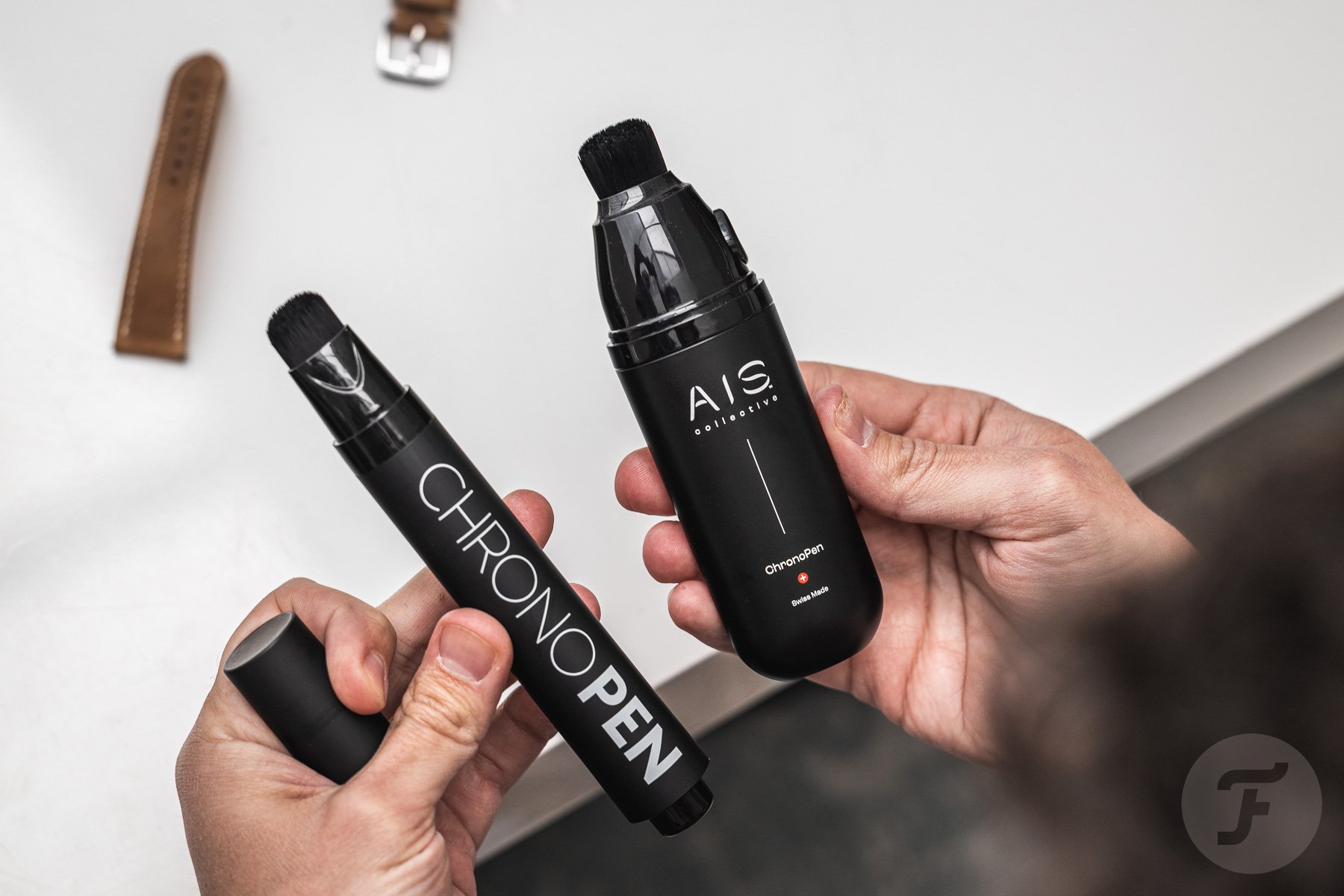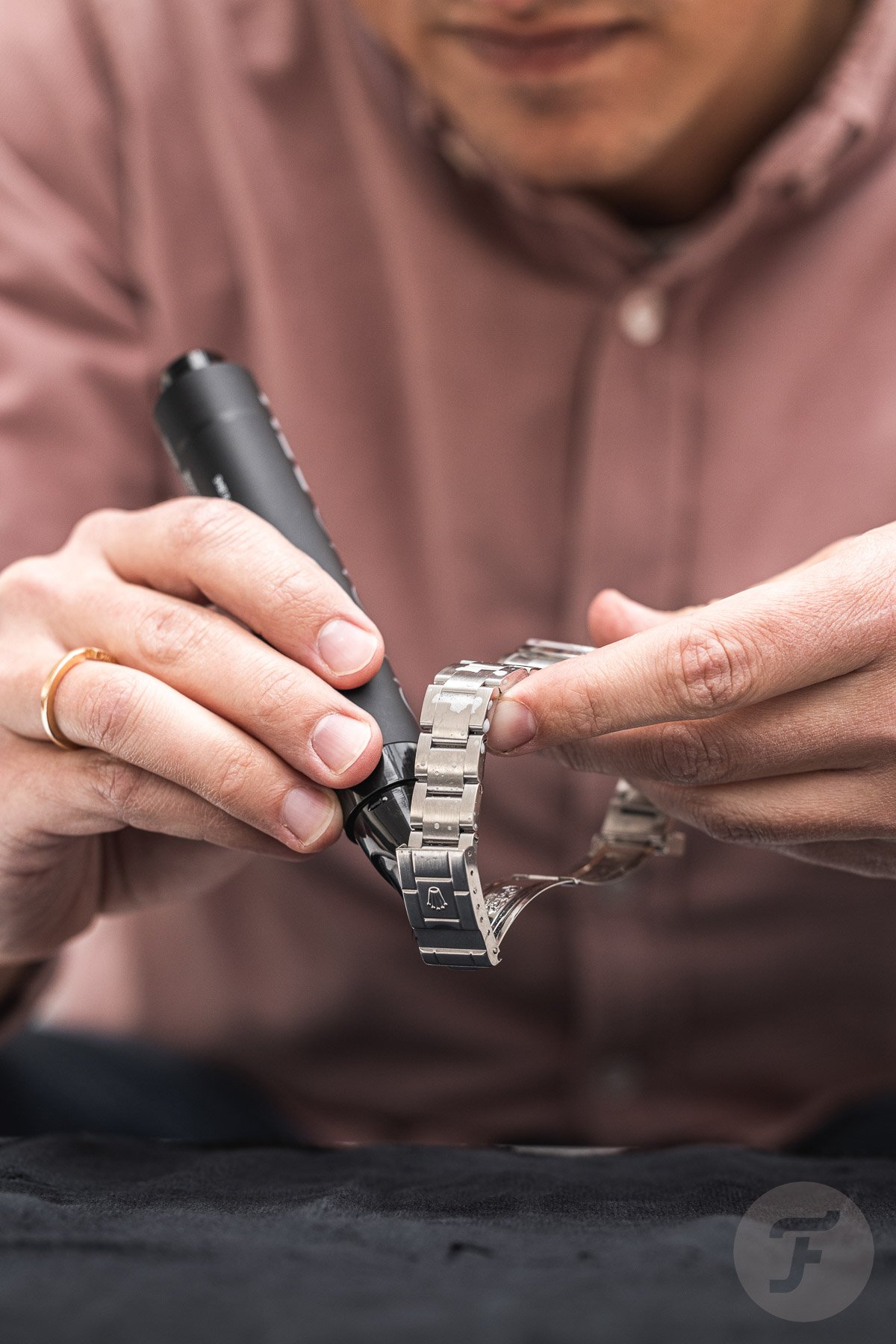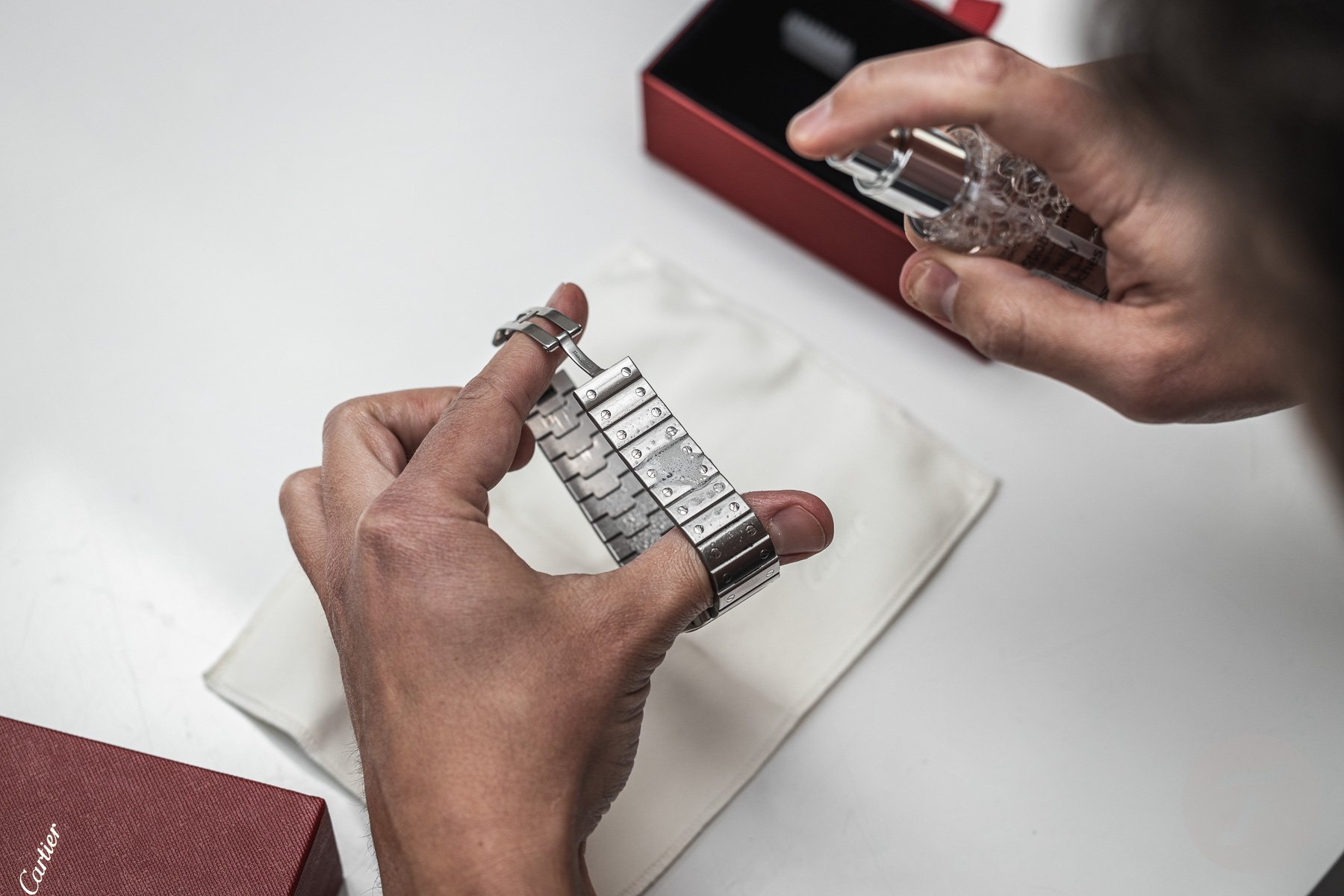Back To Basics: How To Clean Your Watch For Maximum Bling And Longevity
Welcome back to another instalment of Back to Basics, our series aimed at newcomers to our lovely shared hobby. As always, the information presented here will be as simple and accessible as possible. That means it may all be familiar stuff to the more seasoned watch enthusiasts among you. However, if that’s the case, I would urge you to share your insights and experiences. Let’s join forces in making this article as helpful to newcomers as possible! This time: how to clean your watch for maximum bling power and longevity.
Cleaning your watch may sound pedestrian, but it is worth noting that the wrong practices can ruin your prized timekeepers. Similarly, neglecting cleaning can result in equally bad outcomes. In short, we felt it was about time we devoted a brief Back to Basics article to the topic. Let’s dive in!
Biohazard!
When RJ asked me to write this article during our latest editorial meeting, my mind immediately jumped to my least favorite part of the job when I was a vintage dealer. Imagine this scene: a customer walks in on a very hot summer day, takes the watch off his/her wrist, and hands it to me. The leather strap is saturated with sweat. Green mold adorns the caseback, and every nook and cranny of the watch is filled with a smelly mixture of dust, dirt, skin cells, and oils. “Can you get me a new strap for this, please?”
We used to call them “biotopes,” watches worn day in, day out without any cleaning, mostly on leather straps. I can still recall the foul smell coming off of them. Anything for our customers, but man…
Granted, I cannot deny I have an ever-so-slight fear of contamination. My high school friends used to call me “sterile” because of it (the double entendre of which I have luckily disproved in the meantime). I just like things clean, okay? But even if you don’t share my hygienic disposition, there are good reasons to keep your watch clean. If you have clicked on this article, I am sure you don’t need convincing. If you do: let’s try not to become the first person to grow a life-threatening new virus on your forearm, shall we? So, how do you clean your watch to prevent smells, make it last, and prevent it from becoming a biohazard?
How to clean your watch: to soap or not to soap?
Let’s start with a debate among watch enthusiasts: soap or no soap? The most commonly advised cleaning method is to use a soft toothbrush and a mixture of warm water and dishwashing soap. You gently apply the soapy water to the metal and glass parts of your watch, scrubbing them clean.
While this method often yields perfect results, I have to add some crucial notes. Many detergents contain chemicals that can accelerate the deterioration of rubber seals. As such, this cleaning method can compromise water resistance over time. Add to this that soap is a surfactant, making it more likely to penetrate very tight spaces. That means it is more likely than plain water to find its way into a watch with compromised water-sealing.
This is why soap was an absolute no-go in my days as a vintage dealer. Granted, modern water-resistant watches are likely fine, but I prefer soapless alternatives. This is also why you shouldn’t shower with your watches. Oh, and always check your crown is in before engaging with any water, soap, or no soap.
How to clean your watch without soap
I am sure many readers use soap to great effect. If so, more power to you! Personally, I prefer to do it soap-free. I find the easiest way to do it is to keep a small microfiber cloth where I take my watch off at night. By rubbing it down every couple of days, I prevent the buildup of dirt that would require a soap bath later. As the Dutch say: Preventing is better than curing.
I do use the soap-and-toothbrush approach on my bracelets, but I remove them first. You can also take them to your local jeweler and have them cleaned in an ultrasonic bath, which offers a more thorough clean than you could at home. If you opt for a toothbrush, be sure to take an unused one. Residual toothpaste can act as a polishing compound.
Leather and textile straps
You cannot really help it if your watch straps get dirty quickly. It all depends on how you sweat and the acidity and greasiness of your skin. The one tip that helps, regardless, is to give your straps plenty of opportunity to dry. Take off your watch at night and make sure the leather/textile can breathe. Don’t put the watch in a closed pouch or box all the time.
It also helps to rotate straps and to keep an eye on the season/climate. Personally, I only wear leather straps in winter, when I sweat much less. Granted, that’s easy for me as I live in a climate with strong seasonal variation, and I happen to love bracelets. As such, it may not necessarily work for you.
You can clean the insides of leather straps with a damp cloth, but be sure to let them dry well. You might also opt for a leather conditioner every once in a while, if you find your straps cracking. This is rarely needed, however, as your skin tends to be oily enough to moisturize the leather. Most leather (-lined) straps benefit from drying more than from additional hydration.
How to clean your watch with specialist cleaning kits
Of course, you can always opt for specialist cleaning kits. My colleague Daan tried four, and you can read his findings here. I was always skeptical, especially since these kits can be very pricey. However, you get a few benefits. For starters, the detergents are seal-safe. Second, they often feature formulas well-suited to the types of dirt you tend to find on a watch, leading to good results.
I really enjoyed using these kits, particularly because the better ones were quick, easy, and left no streaking or water stains. Still, even after my positive experience with them, I haven’t found myself buying any. It just feels a bit decadent to buy such expensive cleaning kits when a microfiber cloth does the trick for me.
Closing thoughts
Sometimes, simpler is better. I think this applies to the question of how to clean your watch. Keeping your watch relatively clean beats letting it get dirty and then giving it the full spa treatment. After all, skin grease mixed with dust and dirt forms a formidable polishing compound. I have seen it damage steel cases, break leather straps in half, and cut threads in straps.
All in all, I’d argue that a wipe-down a day keeps the watchmaker at bay. No need to spend big on cleaning kits or professional cleaning jobs. Just keep ‘em dry, and keep ‘em clean, that’s all there is to it. Take the bracelet/strap off every once in a while to properly clean the nooks and crannies of your watch. And if you really want the best for your bracelets, invest in a small ultrasonic bath for your home. Just remember not to stick your fingers in there; you’ll have to clean those manually.
What best practices regarding how to clean your watch can you share? Let us know in the comments below!

